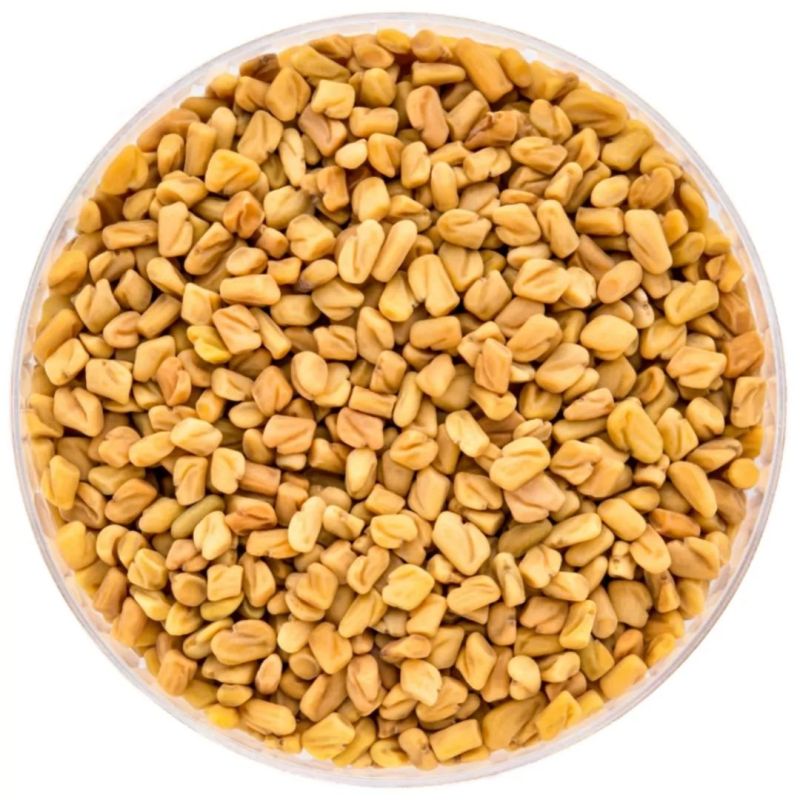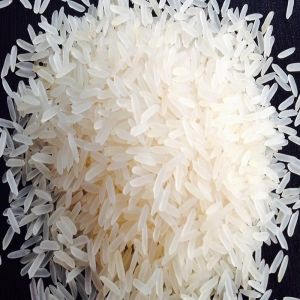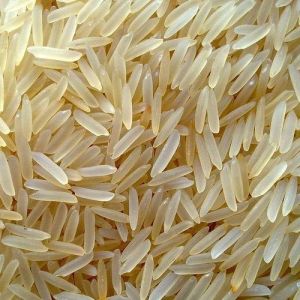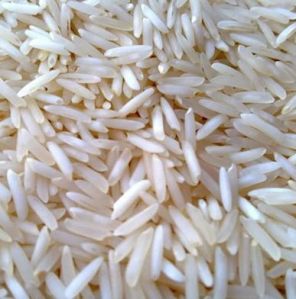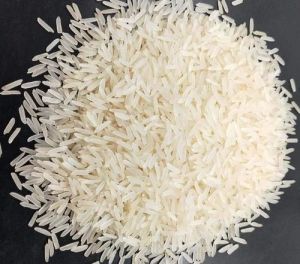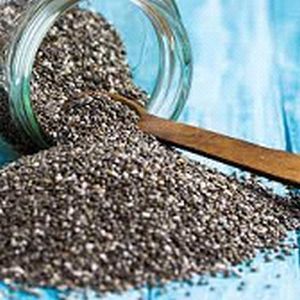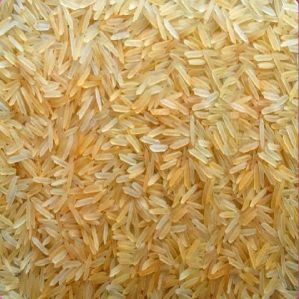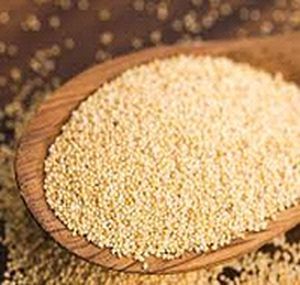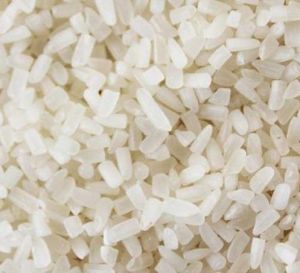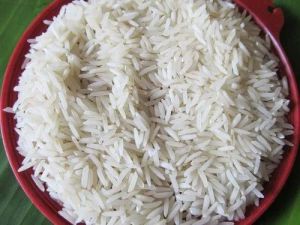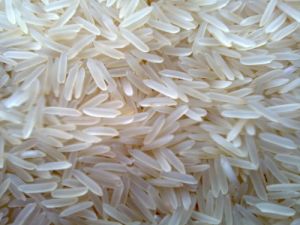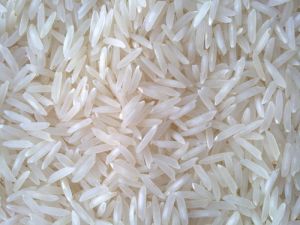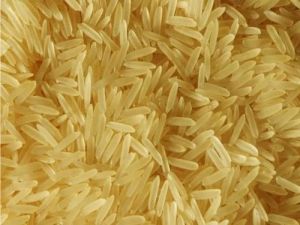Sainikpuri, Secunderabad, Telangana
- GST NO. : 36BEMPR8057R1ZA
| Business Type | Manufacturer, Exporter, Supplier, Trader |
| Brand Name | Bharat Kosha |
| Color | Brown |
| Form | Seeds |
| Click to view more | |
Product Details
Packaging Type
Plastic Bag
Shelf Life
1 Year
Country of Origin
Made In India
Scientific Name
Trigonella Foenum-graecum
Usage
Spice
English Name
Fenugreek
Local Name
Methi
Fenugreek is an annual plant in the family Fabaceae. Fenugreek is used as a herb (dried or fresh leaves), spice (seeds), and vegetable (fresh leaves, sprouts, and microgreens). The leaves are alternate, compound, trifoliolate, 7-12 cm long, light green in color. The leaflets are oval, up to 5 cm long, hairy on their lower face. Seeds are small (∼5 mm long), hard, smooth, dull yellow to brownish yellow in color.
Feature & Uses
- Fenugreek is used both as a food and food additive as well as in medicines. Fresh tender pods, leaves and shoots are eaten as curried vegetable. Powder of dried leaves is also used for garnishing and flavoring variety of food. Fenugreek extract is used as a flavoring agent of imitation maple syrup. It is one of the principal constituents of curry powder.
- Fenugreek leaves and seed are known to have major medicinal properties and have been reported to significantly reduce both blood glucose and cholesterol levels in human and animal subjects in clinical trials around the world.
- The seeds are used in colic flatulence, dysentery, diarrhea, dyspepsia, chronic cough and enlargement of liver and spleen, rickets, gout and diabetes. It is also used as a carminative, tonic, and aphrodisiac. Fenugreek oil is used in the manufacture of hair tonics.
- Fenugreek is mainly used as a digestive aid and used as a galactagogue (milk producing agent) by nursing mothers to increase inadequate breast milk supply. Fenugreek has been also reported to be rich in antioxidant and antimicrobial properties.
Looking for "Fenugreek Seeds" ?
Kilogram
Explore More Products

